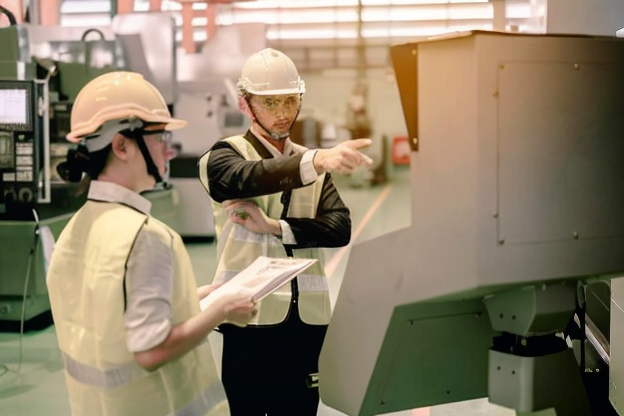Understanding the Pitfalls in Sheet Metal Design+ View more
Material Properties Overlooked
Ignoring the intrinsic properties of the chosen material can be likened to constructing a building without acknowledging the strength of its foundation. The strength, ductility, thickness, and grain direction of materials are fundamental to the integrity of the final product. Failure to account for these can lead to cracks, deformations, or a product that fails to meet its intended use, not unlike a building that crumbles under its own weight.
Compromising with Bend Radii
Opting for bend radii that are smaller than the material's thickness is akin to folding a piece of cardboard too acutely. The material may tear or accumulate excessive internal stress, predisposing the product to future fractures. This is a subtle yet critical detail often overlooked, with repercussions that may only manifest under the duress of use.
Complexity in Cutting
An excessively intricate cutting pattern is not a testament to design prowess but a potential harbinger of structural and functional issues. This complexity can elevate processing difficulties and inadvertently weaken the part's structural integrity – it's a balance between the aesthetic and the practical that must be carefully managed.
Welding Woes
Disregarding the impact of welding shrinkage and the heat-affected zone is to court dimensional and geometric inaccuracies, which can lead to misaligned assemblies or warped structures. It's a nuanced aspect of design that demands attention to ensure that the finished assembly fits together as intended, much like a perfectly aligned jigsaw puzzle.
The Perilous Hole Edge Distance
Placing holes too close to the edge of the material can precipitate thinning or tearing, undermining the part's structural integrity. It's a design oversight with the potential to significantly weaken a critical area, much like a chink in a suit of armour.
Assembly Inconvenience
Designs that fail to accommodate the ease of assembly, either through a lack of appropriate connectors or a convoluted assembly sequence, are tantamount to setting up a labyrinth. They complicate the production process unnecessarily and potentially inflate costs dramatically.
Overreliance on Fasteners
An abundance of bolts, screws, and other fasteners in a design can be an expensive and weighty mistake, reducing production efficiency. It's a trap that is easy to fall into, yet it is vital to consider the balance between necessary fasteners and an elegant design.
Ignoring Tolerance Stack-Up
Incorrect calculation or control of part tolerances, especially in assemblies, can lead to a Pandora's box of assembly issues and mechanical interferences. It requires a meticulous approach to ensure components fit together seamlessly, maintaining the harmony of the overall structure.
Standard Parts: An Underused Asset
Foregoing readily available standard parts for custom-designed alternatives can unnecessarily complicate designs and inflate costs. It is a temptation to create something unique, but often the pragmatism of using standardized components can lead to better overall design efficiency and cost-effectiveness.

